Najugomtang&Oudon (나주곰탕&오우돈)
10.7Km 2021-03-30
19, Sinchon-ro 18-gil, Mapo-gu, Seoul
+82-2-336-6824
It is a place where you can eat a variety of Korean dishes. The best menu at this restaurant is Naju beef bone soup. This Korean dishes restaurant is located in Mapo-gu, Seoul.
Bugaksan Mountain (북악산)
10.7Km 2024-03-04
Cheongun-dong, Jongno-gu, Seoul
+82-2-765-0297
Bugaksan Mountain is the mountain that one can see behind the Gyeongbokgung Palace and the Cheong Wa Dae to the north. Hanyangdoseong, the city wall that surrounded the historic capital of Hanyang, was built by connecting the ridges of this mountain. These walls can still be found today, having been preserved quite well. Different trails weave through the area along the Hanyangdoseong, the Seoul City Wall, and one can visit these trails at night as well. Bugak Skyway is a road that connects Changuimun Gate to Jeongneung Royal Tomb, and one can get a great view of Seoul’s city center from the Palgakjeong Pavilion on Bugak Skyway.
Dakbalmeogeun Saeu Sinchon Direct(닭발먹은새우 신촌직영)
10.7Km 2020-11-20
8-3 Yonsei-ro 5ga-gil Seodaemun-gu Seoul
+82-70-8977-7000
This is a place that sells chicken feet with adjustable spice levels. This Korean dishes restaurant is located in Seodaemun-gu, Seoul. The most famous menu is chicken feet.
Bugak Skyway Palgakjeong Pavilion (북악스카이 팔각정)
10.7Km 2024-12-31
267 Bugaksan-ro, Jongno-gu, Seoul
Bugak Skyway Palgakjeong Pavilion exudes a tranquil, serene beauty regardless of the season. The pavilion, which sits on Bugaksan's 1,652,900 square meter summit at an altitude of 345 meters, was built in a traditional Korean-style and became a popular attraction within the city. There are also spaces for visitors to enjoy food and drinks.
Club Espresso (클럽에스프레소)
10.7Km 2024-02-20
132 Changuimun-ro, Jongno-gu, Seoul
Club Espresso is a café that opened in 1990, constructed with red bricks. They roast their own coffee beans, offering a diverse coffee menu. The Moon Blend, a blend of Colombian, Brazilian, Ethiopian, and Guatemalan beans, is a favorite among regulars and is made with the coffee bean ratio favored by former President Moon Jae-in. Nearby attractions include the Yun Dongju Hill (Cheongun Park) and the Yun Dong-ju Literary Museum, dedicated to the poet beloved by Koreans.
Olive Young - Sinchon Yeonse-ro Branch [Tax Refund Shop] (올리브영 신촌연세)
10.7Km 2024-04-18
37, Yonsei-ro, Seodaemun-gu, Seoul
-
Olive Young - Sinchon Station Branch [Tax Refund Shop] (올리브영 신촌역)
10.7Km 2024-04-18
79, Sinchon-ro, Seodaemun-gu, Seoul
-
GS25 - Nogosan Main Branch [Tax Refund Shop] (GS25노고산본점)
10.7Km 2024-06-26
8 Sinchon-ro 16-gil, Mapo-gu, Seoul
-
Yukjang Galbi Sinchon(육장갈비 신촌)
10.7Km 2020-10-30
1F, 30, Yonsei-ro, 5da-gil, Seodaemun-gu, Seoul
+82-2-322-9200
This is a Korean cuisine located in Sinchon, Seoul. The best menu at this restaurant is grilled beef ribs. Well-known even for grilled pork ribs.
Ononsa Guesthouse (온온사)
10.7Km 2023-07-17
58 Gwanaksan-gil, Gwacheon-si, Gyeonggi-do
Though Ononsa, which was a guesthouse in Gwacheon, was constructed in the 27th year of King Injo's reign in the Joseon dynasty (1649), the name, "Ononsa," was given to this area during the reign of King Jeongjo. On February 11, 1790 during his royal procession to the tomb of his father, Crown Prince Sado, stayed at an inn in Gwacheon and, as he felt that it "has nice views and provides a comfortable stay," he bestowed upon the place plaques that he wrote himself - "Ononsa" to Seoheon and "Burimheon," which was the old nickname of Gwacheon, to Dongheon. This is how this place began to be called Ononsa.
It was designated as a Tangible Cultural Heritage of Gyeonggi-do on June 2, 1980, and it was restored on December 2, 1986 after being torn down.
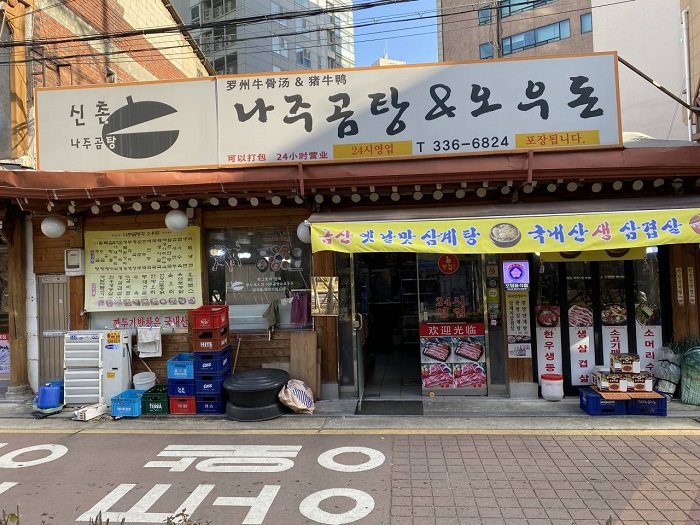
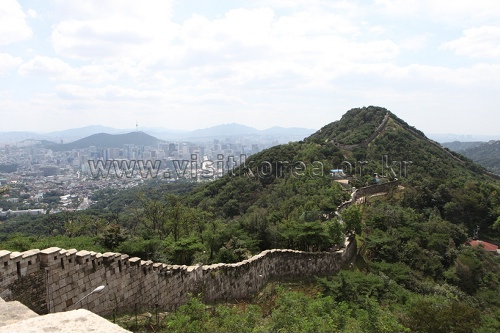
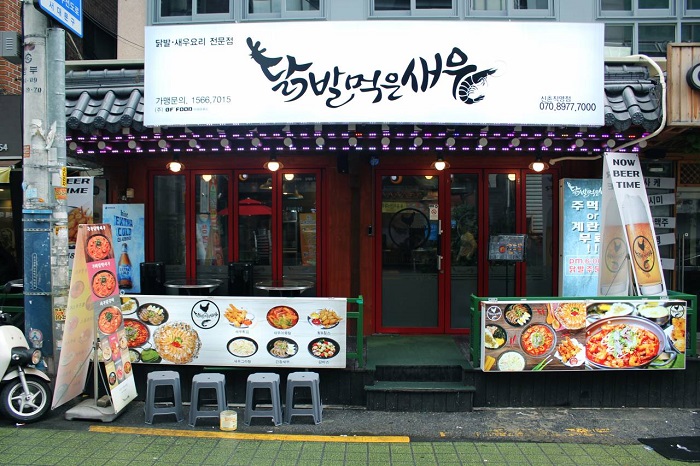
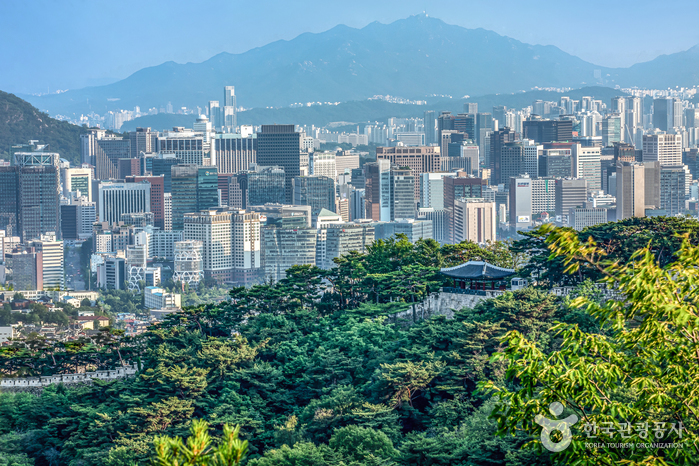
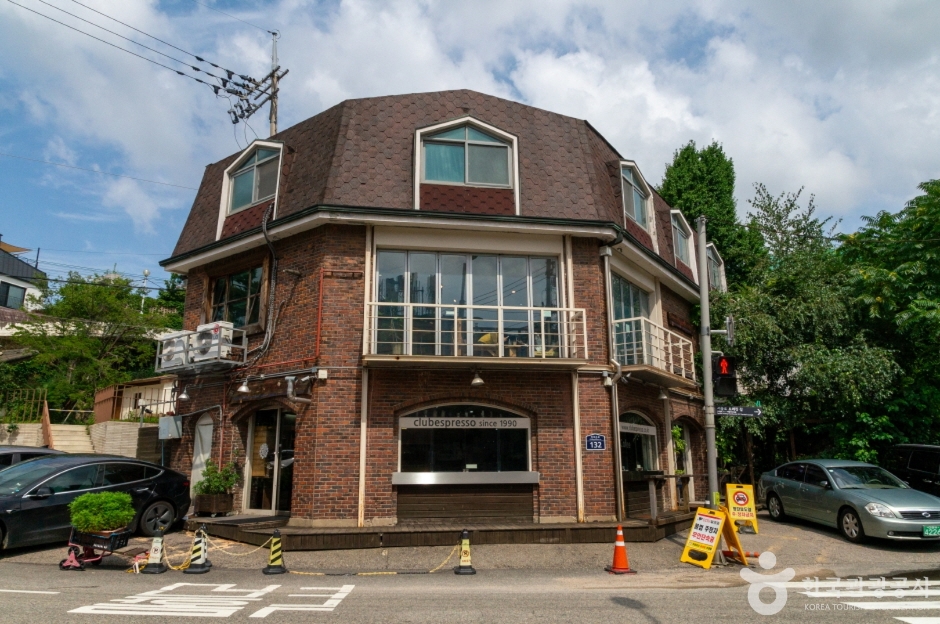
![Olive Young - Sinchon Yeonse-ro Branch [Tax Refund Shop] (올리브영 신촌연세)](http://tong.visitkorea.or.kr/cms/resource/83/2888583_image2_1.jpg)
![Olive Young - Sinchon Station Branch [Tax Refund Shop] (올리브영 신촌역)](http://tong.visitkorea.or.kr/cms/resource/61/2889061_image2_1.jpg)

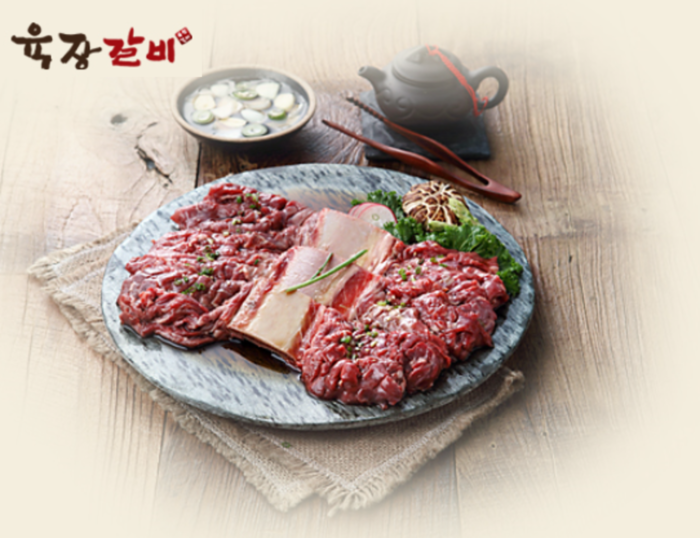
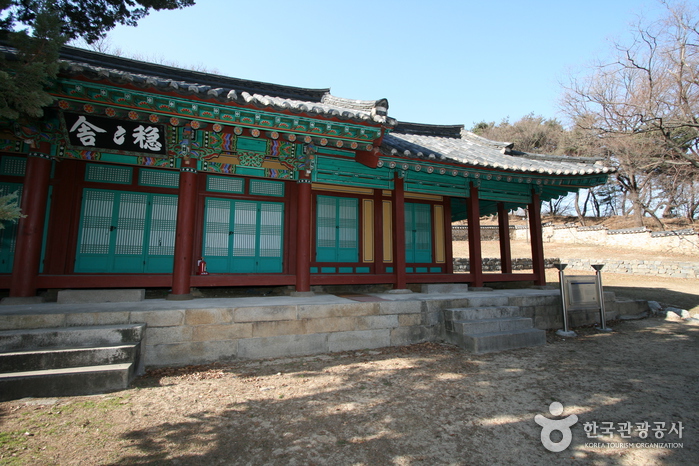
 English
English
 한국어
한국어 日本語
日本語 中文(简体)
中文(简体) Deutsch
Deutsch Français
Français Español
Español Русский
Русский